Filter News
Area of Research
- (-) Neutron Science (40)
- Advanced Manufacturing (10)
- Biological Systems (3)
- Biology and Environment (11)
- Building Technologies (1)
- Clean Energy (101)
- Climate and Environmental Systems (3)
- Computational Engineering (1)
- Computer Science (8)
- Data (1)
- Fossil Energy (1)
- Fusion Energy (6)
- Isotope Development and Production (1)
- Materials (76)
- National Security (5)
- Nuclear Science and Technology (17)
- Quantum information Science (3)
- Sensors and Controls (1)
- Supercomputing (48)
- Transportation Systems (2)
Media Contacts

Researchers used neutron scattering at Oak Ridge National Laboratory’s Spallation Neutron Source to investigate the effectiveness of a novel crystallization method to capture carbon dioxide directly from the air.

A University of South Carolina research team is investigating the oxygen reduction performance of energy conversion materials called perovskites by using neutron diffraction at Oak Ridge National Laboratory’s Spallation Neutron Source.

Researchers used neutron scattering at Oak Ridge National Laboratory’s Spallation Neutron Source to investigate bizarre magnetic behavior, believed to be a possible quantum spin liquid rarely found in a three-dimensional material. QSLs are exotic states of matter where magnetism continues to fluctuate at low temperatures instead of “freezing” into aligned north and south poles as with traditional magnets.
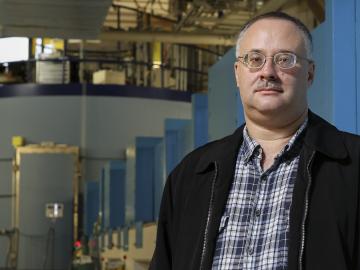
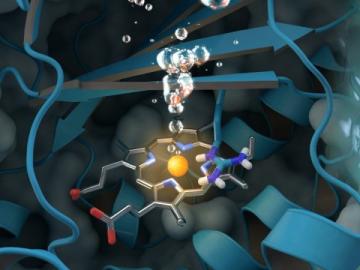
A new study sheds light on a unique enzyme that could provide an eco-friendly treatment for chlorite-contaminated water supplies and improve water quality worldwide. An international team of researchers led by Christian Obinger from the University of Vienna used neutron analys...
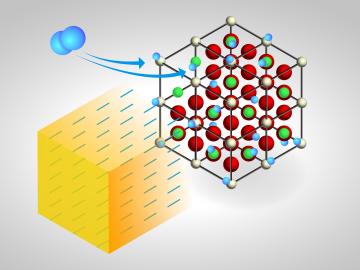
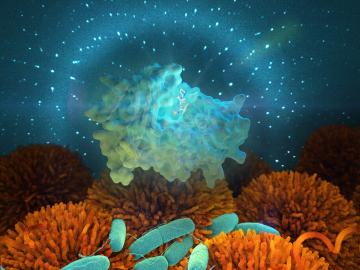
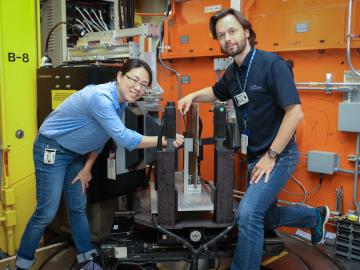
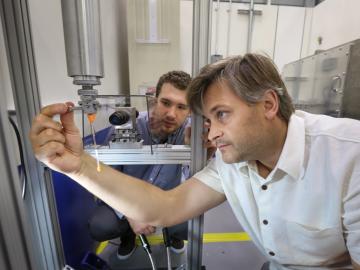

After more than a year of operation at the Department of Energy’s (DOE’s) Oak Ridge National Laboratory (ORNL), the COHERENT experiment, using the world’s smallest neutrino detector, has found a big fingerprint of the elusive, electrically neutral particles that interact only weakly with matter.




